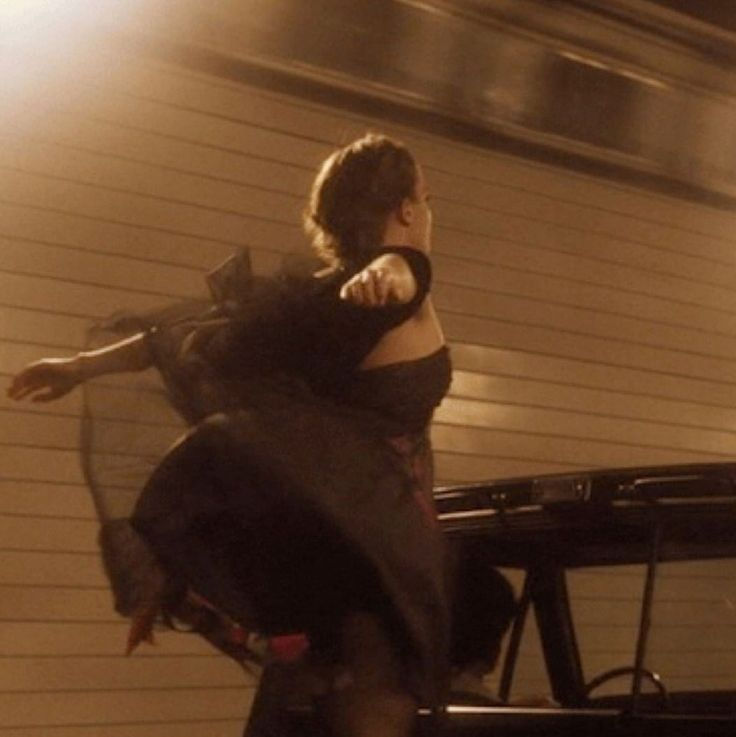Target audience of coming of age genre: Who's Watching? The Awkward, the Nostalgic, and the Perpetually Teen at Heart !!
- Filza Chattha
- Dec 18, 2024
- 2 min read
Updated: May 20
“Be sure you positively identify your target before you pull the trigger,” is something film producers live by and thus every film they create has a target audience.
Why? You ask.

Having a target audience enables film makers to create a storyline that resonates with that specific audience, be it a gender, age or culture. This way, the theme and the character appeals to that particular target audience. E.g. A high school story may target teenagers and animated films usually target young children or families.
This also serves as an exceptional marketing strategy as the film has lesser chances of being a flop if the target audience can directly feel into the storyline. Such films are more likely to succeed because they address certain needs and preferences.
However, keep in mind that having a target audience doesn't exclude other viewers but it mainly focuses on speaking to its core audience by fulfilling their expectations.

The target audience for coming of age typically includes teenagers and young adults, mainly because they are at the age where such genres appeal their personal growth and resonate with any transitioning crisis they might face. This genre, however, is quite timeless and several age groups can find themselves attracted to it. Therefore, anyone who enjoys personal and emotional storytelling about growth and self-discovery regardless of age can enjoy this genre which is why adults might also find themselves indulging into films with such demonstrative perspectives.
But if we had to tone down the diversity this genre provides, it can be concluded that typically, people in their late teens to early adulthood, women (emotionally sharper as it is psychologically proven) and sometimes even preteens are the focal point.

In retrospect to the wider perspective, coming of age may include stories like relationships and societal pressures along with self-identity and overcoming gender restrictions which women might relate to more than men.
By taking a deeper dive into the genre we can identify several conventional features such as a teenager struggling with life or having a hard time fitting in. Historically, coming of age films usually featured a male protagonist (a young boy transitioning into adulthood struggling with his masculinity) but recently (ever since the 21st century) female protagonist have become more common. (Featuring a teenage woman overcoming societal pressures and finding her true self in a men dominated world).
Some films and their target audience under the coming-of-age genre;
Lady bird = teen girls and young women (15-25)
Perks of being a wallflower = young adults dealing with psychological crisis. (women)
Stand by me = young men and teenage boys (12-20)
Call me by your name = members of the LGBTQ community (16-30)
In conclusion, it mainly depends on the storyline to find a brief audience, however, the wide audience usually includes young adults.
Credits:
Written By Aleena Shahid



![Genre Selection: Choosing our vibe ;]](https://static.wixstatic.com/media/687d54_0ffe279391f74798abfd69104e5c6b73~mv2.jpeg/v1/fill/w_980,h_1132,al_c,q_85,usm_0.66_1.00_0.01,enc_avif,quality_auto/687d54_0ffe279391f74798abfd69104e5c6b73~mv2.jpeg)
Comments